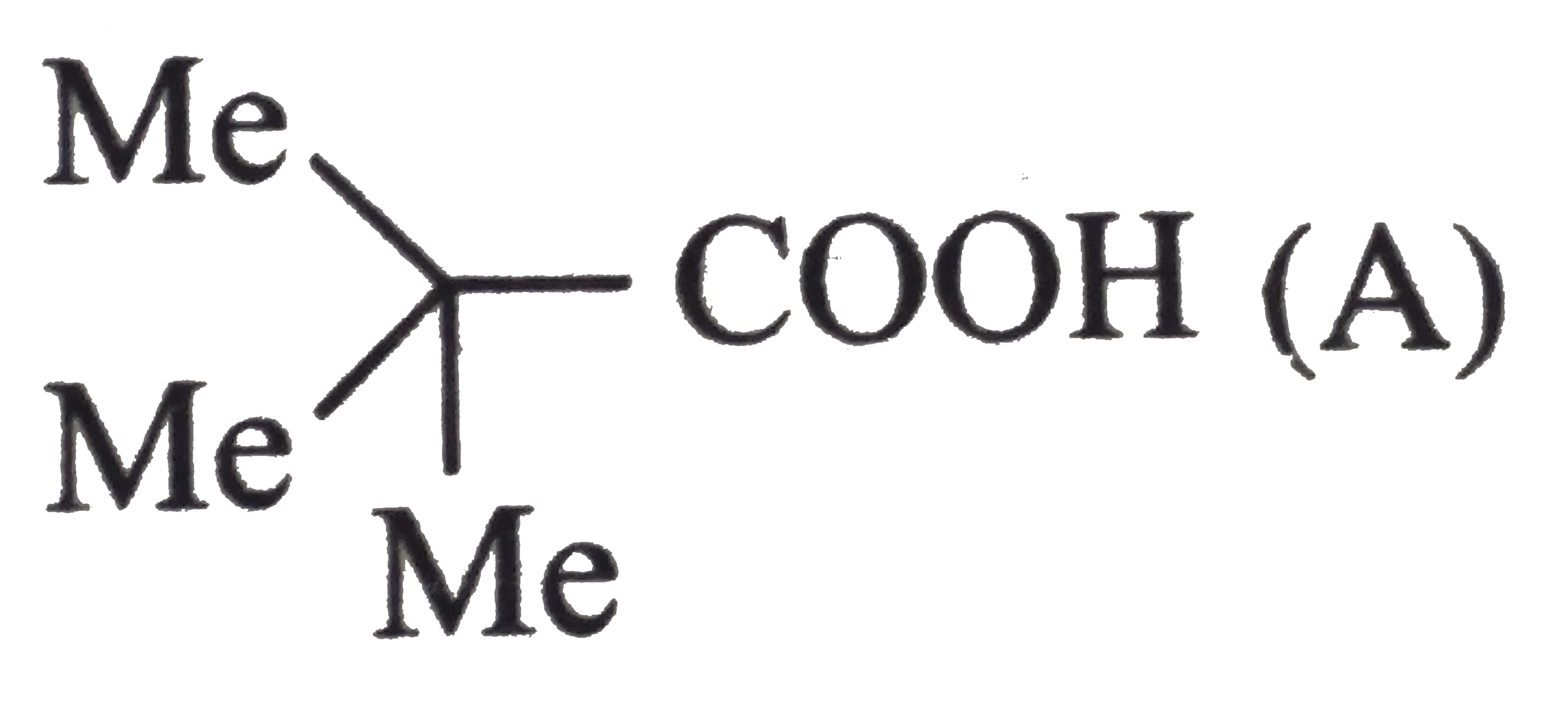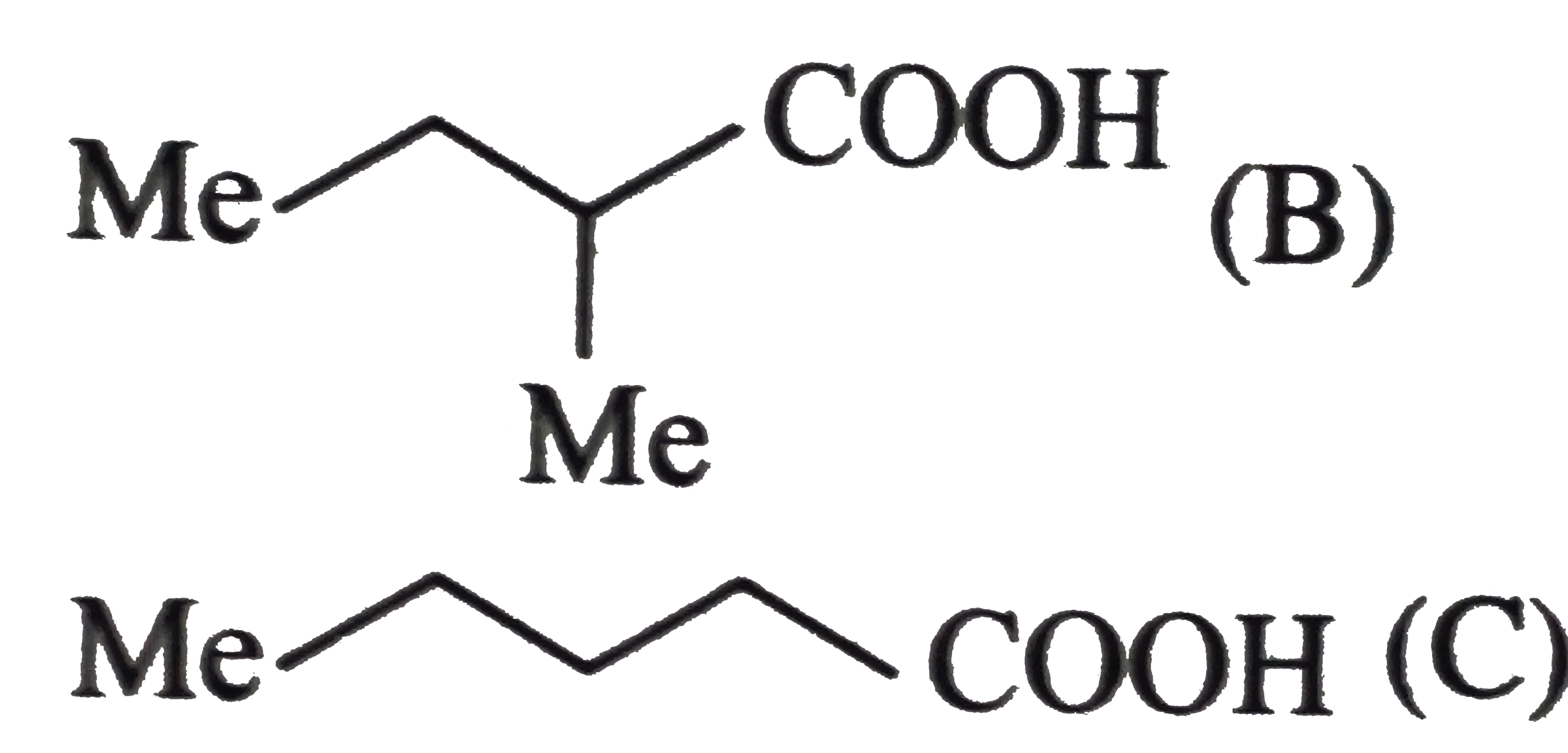Differentiate between the following
(a) Exocrine and endocrine gland.
Step-by-Step Solution:
1. Definition of Exocrine Glands:
- Exocrine glands are glands that have ducts through which their secretions are released. These secretions can include substances like enzymes, mucus, or other fluids.
2. Function of Exocrine Glands:
- The primary function of exocrine glands is to secrete substances that are used in various bodily processes, such as digestion or lubrication. For example, sweat glands help regulate body temperature by secreting sweat.
3. Examples of Exocrine Glands:
- Common examples of exocrine glands include:
- Sweat glands
- Sebaceous (oil) glands
- Salivary glands
- Pancreas (in its exocrine function)
4. Definition of Endocrine Glands:
- Endocrine glands are ductless glands that release their secretions, known as hormones, directly into the bloodstream.
5. Function of Endocrine Glands:
- The main function of endocrine glands is to regulate various physiological processes in the body through the release of hormones, which can affect growth, metabolism, and mood, among other functions.
6. Examples of Endocrine Glands:
- Common examples of endocrine glands include:
- Thyroid gland
- Pituitary gland
- Adrenal glands
- Parathyroid glands
7. Key Differences:
- Presence of Ducts: Exocrine glands have ducts; endocrine glands are ductless.
- Type of Secretion: Exocrine glands secrete enzymes and other substances; endocrine glands secrete hormones.
- Mechanism of Action: Exocrine secretions act locally at the site of release; endocrine secretions travel through the bloodstream to distant target organs.
- Exocrine glands are glands that have ducts through which their secretions are released. These secretions can include substances like enzymes, mucus, or other fluids.
- The primary function of exocrine glands is to secrete substances that are used in various bodily processes, such as digestion or lubrication. For example, sweat glands help regulate body temperature by secreting sweat.
- Common examples of exocrine glands include:
- Sweat glands
- Sebaceous (oil) glands
- Salivary glands
- Pancreas (in its exocrine function)
- Endocrine glands are ductless glands that release their secretions, known as hormones, directly into the bloodstream.
- The main function of endocrine glands is to regulate various physiological processes in the body through the release of hormones, which can affect growth, metabolism, and mood, among other functions.
- Common examples of endocrine glands include:
- Thyroid gland
- Pituitary gland
- Adrenal glands
- Parathyroid glands
- Presence of Ducts: Exocrine glands have ducts; endocrine glands are ductless.
- Type of Secretion: Exocrine glands secrete enzymes and other substances; endocrine glands secrete hormones.
- Mechanism of Action: Exocrine secretions act locally at the site of release; endocrine secretions travel through the bloodstream to distant target organs.
Topper's Solved these Questions
- CO-ORDINATION THROUGH HORMONES : ENDROCRINCE SYSTEMBOOK - CENGAGE BIOLOGYCHAPTER - CO-ORDINATION THROUGH HORMONES : ENDROCRINCE SYSTEMEXERCISE - CONSOLIDATED EXERCISE
50 Videos
- CO-ORDINATION THROUGH HORMONES : ENDROCRINCE SYSTEMBOOK - CENGAGE BIOLOGYCHAPTER - CO-ORDINATION THROUGH HORMONES : ENDROCRINCE SYSTEMEXERCISE - OLYMPIAD AND NTSE LEVEL EXERCISES
10 Videos
- CHROMOSOMAL THEORY OF INHERITANCE AND GENETIC DISORDERSBOOK - CENGAGE BIOLOGYCHAPTER - CHROMOSOMAL THEORY OF INHERITANCE AND GENETIC DISORDERSEXERCISE - MANDATORY CHALLENGING EXERCISE
3 Videos
- ENVIRONMENTAL ISSUESBOOK - CENGAGE BIOLOGYCHAPTER - ENVIRONMENTAL ISSUESEXERCISE - CHALLENGING EXERCISE
3 Videos
Similar Questions
Define the following :
(a) Exocrine glands (b) Endocrine glands
View SolutionDifferentiate between the following.
Flora and fauna
View SolutionDifferentiate between the following acids :
(a)
(b)
View SolutionDifferentiate between the following
Tendons and ligaments.
View SolutionDifferentiate between the following :
Amylose and Amylopectin
View SolutionDifferentiate between the following:
(a) Micronutrients and macronutrients
View SolutionDifferentiate between the following.
Gametophyte and sporophyte
View SolutionDifferentiate between the following.
Apogamy and apospory
View SolutionDifferentiate between the following.
Homospory and heterospory
View SolutionHow do exocrine and endocrine glands differ?
View Solution
